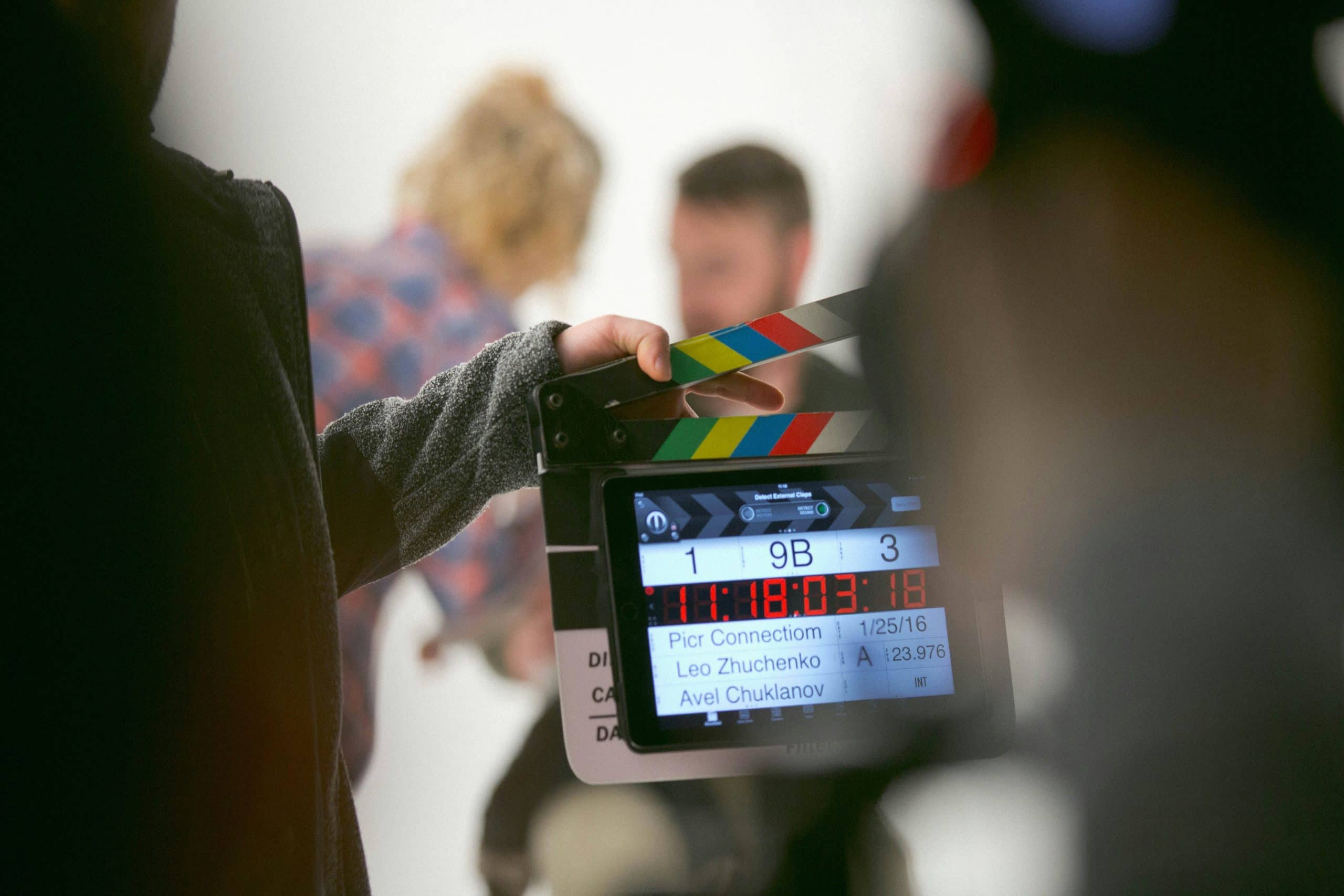From the earliest days of movie-making magic, a century ago, to the high-definition, digital realism we see on our screens today, the film industry has always been at the vanguard of technology. It’s a symbiosis that has seen technology and storytelling evolve side by side, each influencing and pushing the other to new heights. As we delve into the ways technology is shaping cinema, you’ll discover how the progression of tools, techniques, and platforms are dramatically changing the filmmaking landscape.
Embracing New Production Tools
In the past, filmmaking was a laborious and expensive process, accessible only to those with substantial financial backing. The advent of digital technology has democratized this process, making it much more manageable and accessible to a broader range of creators.
Have you seen this : The essential ingredients for a successful conversational bot
One of the most significant revolutions in film production is the shift from film reels to digital formats. This transition has drastically reduced the cost of filmmaking, allowing for more experimentation and risk-taking. Moreover, the introduction of computer-generated imagery (CGI) has expanded the realm of possibility for filmmakers, enabling them to create more captivating and imaginative narratives.
Digital tools have also facilitated the process of editing, a critical stage in film production. Modern software, such as Adobe Premiere Pro and Final Cut Pro, has made it possible to edit films more efficiently and with greater precision, enabling filmmakers to perfect their work to the minutest detail.
Have you seen this : The advantages of using the GPT Chatbot for your business
The Rise of Virtual and Augmented Reality
While traditional movies offer a passive viewing experience, virtual and augmented reality (VR and AR) are redefining this concept by offering more immersive and interactive experiences. Today, VR and AR are no longer just futuristic concepts – they are becoming an integral part of the entertainment industry.
Through virtual reality, filmmakers are now able to transport audiences into the world of the film, offering a truly immersive movie experience. This technology allows viewers to explore the film’s universe, interacting with characters and experiencing the narrative from a unique perspective.
Simultaneously, augmented reality adds a new layer of interactivity to filmmaking. By overlaying digital information onto the real world, AR enhances the viewing experience while allowing the audience to interact with the film in real-time. This level of engagement is expected to open up exciting new possibilities for storytelling, making the audience an active participant rather than a passive observer.
Streaming Services: The New Frontier
The rise of streaming services like Netflix, Amazon Prime, and Disney+ has significantly impacted the film industry. These platforms have not only altered how people consume films but also how movies are produced and distributed.
The most substantial shift is the move from physical cinemas to at-home viewing, a trend that was accelerated by the COVID-19 pandemic. This transition has changed the way films are made, with many filmmakers now producing content specifically for streaming platforms. Moreover, these on-demand services have opened up a global market, allowing films to reach audiences far beyond their domestic borders.
Additionally, the wealth of data available to these platforms allows for more targeted content production. They can analyze viewing habits and preferences to create films and series that cater precisely to their audience’s tastes. This targeted approach is changing the way films are made and marketed, moving away from a one-size-fits-all model towards a more personalized experience.
Pioneering Interactive Filmmaking
The advancements in technology have also given birth to a new genre of film – interactive cinema. This innovative format allows viewers to influence the storyline, making choices that impact the characters’ actions and the overall narrative.
Pioneered by platforms like Netflix with productions such as “Black Mirror: Bandersnatch”, interactive filmmaking offers a unique, personalized viewing experience. It allows audiences to engage actively with the movie, making decisions that shape the narrative and determine the outcome.
Interactive cinema is not only transforming the viewer’s role but also challenging filmmakers to adapt their storytelling techniques. It requires a more complex approach to scriptwriting and production, as multiple storylines and endings need to be planned and filmed. This pioneering style of filmmaking is still in its early stages, yet it is already shaping the future of cinema, promising a whole new level of engagement for audiences worldwide.
Harnessing Artificial Intelligence in Filmmaking
Artificial Intelligence (AI) is another technology making waves in the film industry. From scriptwriting to post-production, AI is increasingly being used to streamline and enhance the filmmaking process.
For instance, AI algorithms are being used to analyze scripts, predicting their potential success based on factors like plot structure, character development, and dialogue. This predictive analysis can guide filmmakers in improving their scripts, increasing their chances of box office success.
Artificial Intelligence is also being used in post-production. AI tools can carry out tasks like color correction, sound editing, and even visual effects, automating aspects of the process that would traditionally require hours of manual labor. This not only makes post-production more efficient but also allows filmmakers to focus more on the creative aspects of their work. AI continues to evolve, and its applications in filmmaking are only set to increase in the future.
Character Emotions and Machine Learning
In the realm of storytelling, the conveyance of character emotions plays a crucial role in making the narrative more engaging and relatable. With the evolution of film technology, filmmakers are now turning towards machine learning to accurately depict and analyze character emotions.
Emotion detection technology, a subset of machine learning, uses algorithms to decode human emotions by analyzing facial expressions, body language, and tone of voice. This technology can help filmmakers refine their characters’ emotional expressions, making them more realistic and compelling. Moreover, it can also assist in analyzing viewer reactions in real time, providing valuable feedback for future filmmaking.
Machine learning is also being used to develop more sophisticated visual effects. By training AI models on vast amounts of visual data, filmmakers can create increasingly realistic digital effects, enhancing the cinematic experience for viewers.
In the future, machine learning could even be employed to automate certain aspects of the filmmaking process, such as camera work or lighting. This would free up filmmakers to focus more on the narrative and creative aspects of their work. Machine learning is poised to play a critical role in shaping the future cinema.
The Future of Cinema: A Technological Revolution
The film industry stands at the brink of an unprecedented technological revolution. The emergence of innovative technologies, from virtual reality to machine learning, is dramatically transforming the way films are produced, distributed, and experienced.
The shift towards digital production tools has democratized the filmmaking process, allowing more creators to experiment and innovate. The advent of VR and AR has redefined the cinematic experience, offering immersive and interactive narratives that were previously unimaginable. Streaming services have reshaped distribution, making films more accessible to global audiences, while interactive filmmaking has revolutionized the viewer’s role in the narrative.
As we look towards the future, it’s clear that technology will continue to play a pivotal role in shaping the evolution of cinema. The integration of AI and machine learning into the filmmaking process is just the beginning. As these technologies advance, they will bring about even more profound changes to the cinema industry.
From enhancing post-production efficiency to predicting box office success, from refining character emotions to developing visually stunning effects – the possibilities are limitless. As the line between reality and the virtual world continues to blur, the future of filmmaking promises a cinematic experience like no other.
With these seismic shifts in the technological landscape, film schools have a crucial role to play. They must prepare the next generation of filmmakers to navigate this brave new world of digital filmmaking, equipping them with the skills and knowledge to harness the power of these groundbreaking technologies.
In conclusion, the future of film is a fascinating intersection of technology and creativity. As we anticipate the dawn of this new era in cinema, one thing is certain – the best is yet to come. Let’s embrace this exciting journey into the future of cinema, where technology breathes life into stories, and stories shape the evolution of technology.











